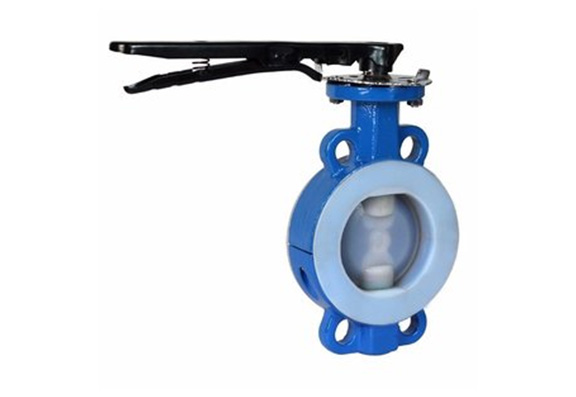The so-called natural gas pressure regulator, as the name suggests, is to regulate the pressure of natural gas and high pressure gas regulator.
The flow capacity of the valve is an indicator of the valve capacity under conditions. Our country is represented by C value. It is defined as: when the valve is fully open, when the pressure difference between the front and back of the valve is 1 kg/cm 2, and the medium weight is 1 g/cm 3, the medium mass (meter 3 / hour) flowing through the valve per hour. For incompressible fluids, under sufficiently turbulent conditions (when the Reynolds number is large enough, Re> 105 for water; Re>5 for air. 5 × 104) formula: △p -- pressure difference before and after the valve (kg/cm 2) Υ -- medium weight (g/cm 3)Q a medium flow rate (m 3 / hour)
The United States and other use a C value to indicate the flow capacity of the valve. Internationally recognized, mainly related to the electrical I, E, C standards with Av value to indicate the flow capacity of the valve. The conversion relationship among the three is as follows:
Cv =1. 17 C Cv =10 6 /24Av C=10 6 /28Av
The flow capacity of the valve depends on the structure of the valve itself. When calculating the required valve flow capacity, it should be noted that the flow state in the valve will be very different when the medium is different or the flow conditions are different.
In the case of low flow, especially viscous fluid and low pressure operation, the main constraint of the fluid is often laminar flow or a mixture of laminar flow and turbulence. In laminar flow, the medium flow through the valve has a linear relationship with the pressure difference before and after the valve. In the mixed state of laminar flow and turbulent flow, with the increase of Reynolds number, even if the pressure difference is unchanged, the medium mass flowing through the valve will increase. In complete turbulence, the flow does not change with the Reynolds number. Nevertheless, the selection of small flow control valves is still carried out by traditional methods and calculation formulas. However, its calculated value differs greatly from the actual value. According to the data, when Cv=0.01 or less, it is only used as a capacity indicator and has reference significance. Actual circulation capacity should be determined by experience.
As the flow capacity decreases, the adjustable ratio of the valve will decrease. But less can also ensure that between 10:l and 15:1, if the adjustable ratio is small, it is difficult to adjust the flow.
When the valve is used in series, with the change of opening, the pressure difference before and after the valve also changes, so that the working characteristic curve of the valve deviates from the characteristic. If the pipe resistance is large, the straightness will become a fast opening characteristic, and the adjustment ability will be lost. Equal-percentage properties will become linear properties. In the case of small flow, because there is little pipeline resistance, the above characteristic distortion is not large, and the equivalent percentage characteristic is actually unnecessary. From a manufacturing point of view, when Cv =0.05 or less, it is no longer possible to produce an equal percentage of the side shape. Therefore, the main problem for small flow valves is how to control the flow within the required range.
